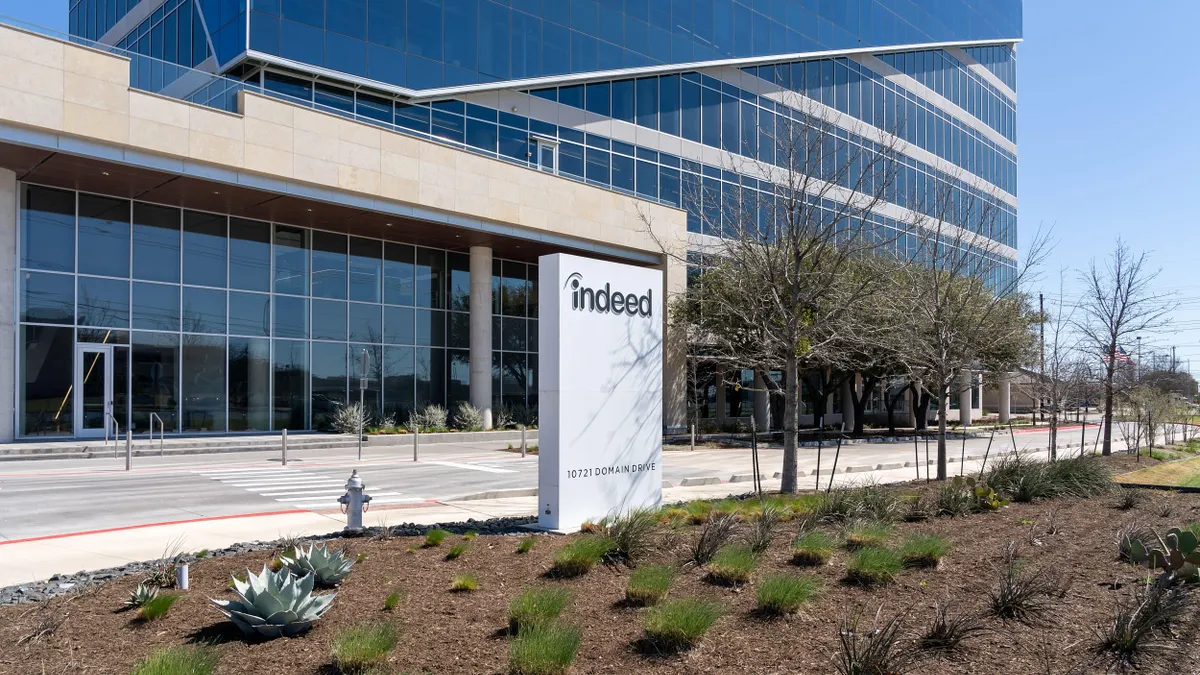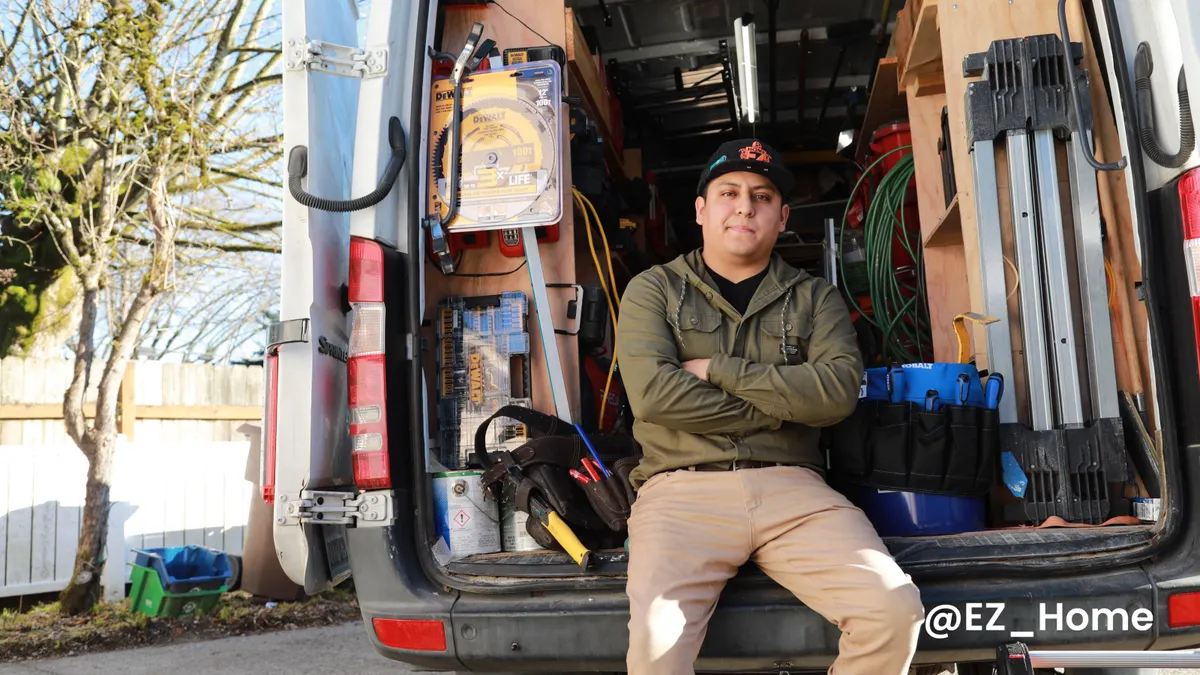Valdis Krebs is an organizational consultant, data scientist and developer of network analysis software. Jessica Methot is an associate professor in the School of Management and Labor Relations at Rutgers, the State University of New Jersey, and a distinguished research professor in the University of Exeter Business School. Views are the authors' own.
Human networks spread both good and bad contagions. For good contagions, like knowledge, ideas and advice, we want our networks to quickly disseminate information. For bad contagions, like disease and disinformation, we want to quickly spot the sources and disrupt the spread.
Before the pandemic, many companies trended toward open-plan workspaces to boost face-to-face collaboration, create spontaneous and casual interactions, and hasten the pace of idea sharing and decision-making. But employees who work in open offices have a 12% increased risk of getting sick, and COVID-19 is more likely to spread in densely clustered spaces.
Recommendations from the Centers for Disease Control and Prevention focus on outfitting the physical workspace to protect employees — positioning desks six feet apart; installing plexiglass barriers; opening windows to rely less on ventilation systems; and closing off high-traffic areas such as conference rooms, elevators and cafeterias.
Corporate leadership teams must consider how to balance these important safety protocols with the need to maintain productivity and social ties among employees.
From the perspective of network science, we can focus on patterns of employee interactions and their locations in a network to predict, locate and respond to virus transmission. Who are the connectors and bridges within and between work groups? Where are the clusters and who is on the periphery? This focus on connections among employees can provide meaningful and unique data-driven solutions for organizations.
Here are five ways to do it:
Construct "family work groups." Childcare centers that remained open for children of front-line workers prevented transmission by grouping children into "pods" of no more than nine. Just as they and their teachers had face-to-face contact during isolation, work families require deep interaction to accomplish their goals. Small teams and employees who normally collaborate face-to-face should be grouped into "pods" in shared workspaces on the same floor. As in the childcare centers, the "pods" should not mix across groups, but social distancing and the use of masks do not necessarily need to be observed within each pod. This will preserve productive interaction and help to contain a possible outbreak. When these family work groups need to communicate with others in the office, they should do so virtually.
Evaluate how your space drives employee interaction. "Space syntax" shows that our patterns of movement and social interaction are powerfully shaped by the way office space is laid out. Though typically used to encourage spontaneous interaction, we can apply this human-focused strategy to increase the average distance between employees. One idea: move individual workspaces to the perimeter and create a main path through the middle of the room. This keeps foot traffic away from people who are working at their desk.
Create a virtual breakroom. Research suggests employees can reap the benefits of social connection not just through deep intimate relationships, but also through a brief, lighthearted conversation with an acquaintance. Because gathering in breakrooms is risky, companies might consider a virtual approach. Pair each employee with a random colleague in an "office video-chat roulette" for 20-minutes or organize regular lunch tables via "six seats/screens" in Zoom, where everyone eats at their desk and talks.
Use network sensors. Your friends have more friends than you do. That’s the idea behind "the friendship paradox" and it could actually help to monitor if the virus is spreading in your office. Well-connected colleagues could serve as social "network sensors." Since they interact with so many people, a symptomatic network sensor could indicate the start of an outbreak. Disconnected individuals on the periphery of social networks — loners — could be a competitive advantage. They are likely to be less overloaded, and organizations can harness their energy to maintain productivity while working from home.
Embrace virtual communication. One day of face-to-face communication can be worth more than 1,000 emails. Research suggests face-to-face is the most effective, richest means of communication. Video conferencing may be the next best thing, as it retains many, but not all, visual and aural cues of gestures, body language and tone. Also, virtual meetings can be recorded and re-played for those who need the information that was shared. But remember that meetings are not always necessary. Research shows that high-performing managers match the appropriate communication media to the task at hand. How often have we sat through a two-hour meeting and realized that an email would have sufficed?
How companies respond to this pandemic is going to define their brand and culture for decades to come. The glue that holds organizations together is not necessarily the physical office space, but it is the strength, resilience and inter-connectedness of the network of employees. Design your reopening strategy around them.





















